How To Get New Agency Clients? Here Are 21 Unique Ways
Getting new clients for your agency is a big challenge, so I've compiled 21 unique ways to get clients that will make your life a little bit easier.

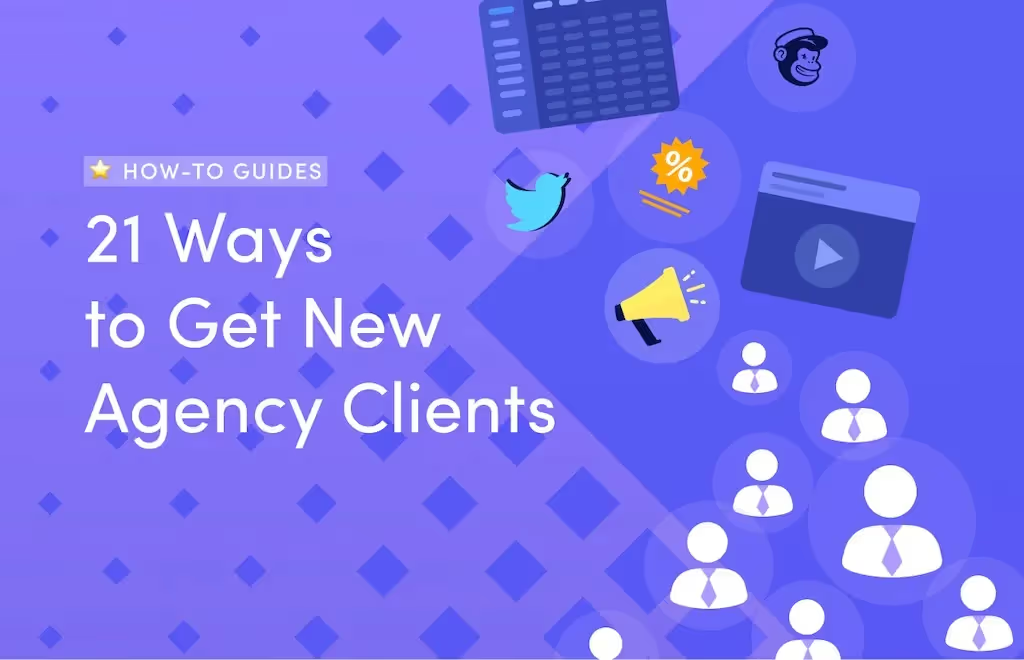


Sales is the bane of all agency owners.
You want more clients, but not just any client.
And that’s a tough balance to achieve…
(Probably THE toughest in agency world.)
So how do you get new clients for your agency then?
There must be a way!
Indeed, there are 21 of them…
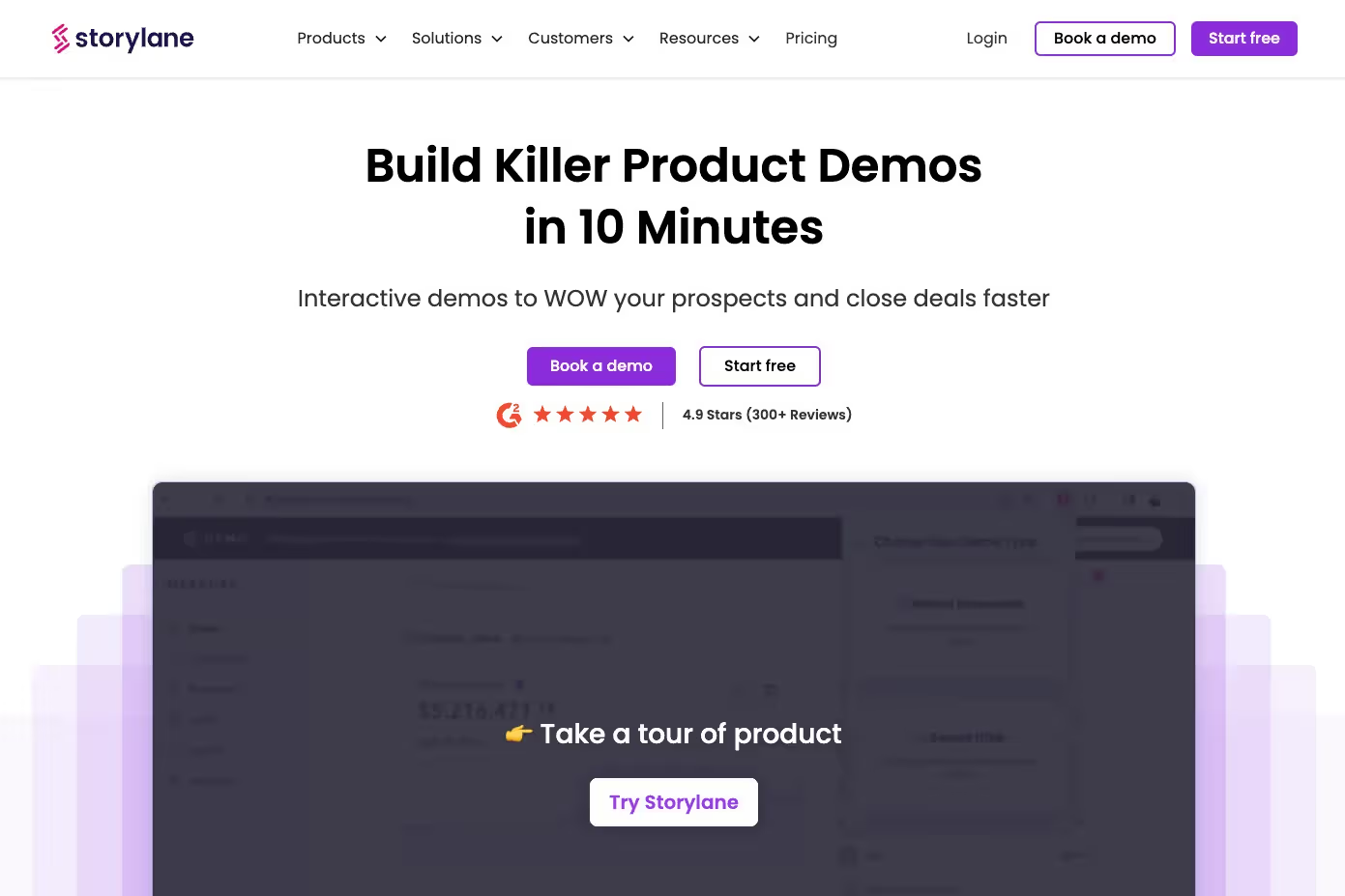
Creating interactive demos on your website dramatically improves user engagement and lead conversion.
By allowing potential clients to experience your services through a guided simulation or interactive showcase, you immediately provide them with a taste of what it’s like to work with your agency.
This hands-on approach helps demystify your offerings and builds trust by demonstrating your agency’s capabilities in real-time. It’s a sort of “show, don’t tell” approach to marketing.
(The best kind of marketing in my opinion!)
To implement interactive demos, start by identifying key services or products that can be showcased interactively. Work with a web developer to create a user-friendly interface or use an out-of-the-box solution like Storylane. You don’t have to create a full-platform for this to work!
It can just be a fixed scenario prototype that shows key deliverables.
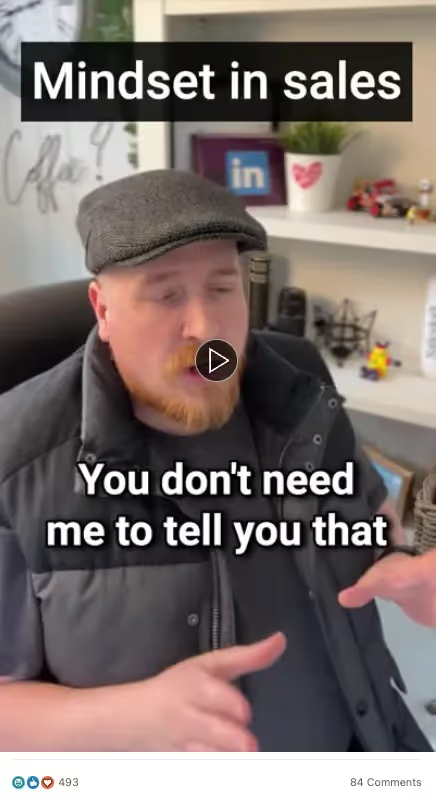
Post videos on LinkedIn to showcase your expertise on the go.
People don’t expect video content as much on there, most of the posts are either text content or carousels. But when a video does appear, it makes an impact (since it’s so rare to see them!).
In particular, LinkedIn is a platform where people build trust through direct, face-to-face relationships.
If you’re not afraid to show your face (You shouldn’t! It’s scary for a few days and then it becomes a habit), making quick videos showcasing some of your past projects or current ones is really powerful.

Form partnerships with software providers that serve your target markets.
This can open doors to their user base who might need your agency’s services. For example, if you're a marketing agency, partner with CRM or marketing automation tools like Pipedrive or HubSpot.
If the software you like to use doesn’t have a partnership program, don’t be afraid to reach out! Partnering with smaller businesses is a smart choice as you can form relationships from the very start

Combine niche SEO strategies with blogging to target specific segments of the market.
Use detailed keyword research to create content that addresses very specific problems your target niche faces. This helps in attracting traffic from highly qualified prospects looking for precise solutions, positioning your agency as a specialist rather than a generalist.
Focusing on niche commercial keywords like “saas web design agency,” create an SEO page for it and then schedule 3 - 4 blog posts talking about that specific topic that link back to it.
One page at a time, rinse and repeat.
Your organic search traffic will skyrocket if you keep at it for a few months.

Listing your service or software on app marketplaces like Shopify, WordPress, or Salesforce can help you reach a broader audience. And you don’t necessarily have to develop from scratch!
There are a lot of no-code tools that can help you with this. Users visit these marketplaces looking for plug-ins and tools to improve their operations, providing a ripe audience for your agency.
For example, Airtable Universe allows you to upload templates of your own bases in Airtable, making it easier for others to get started and potentially contact you for additional services.
Share the development process of your projects publicly to build interest and gather feedback before official releases. Again, this doesn’t apply to just software! The transparency not only creates buzz around your projects but also establishes your agency as open and trustworthy. Use platforms like Twitter, Threads or personal blogs to share updates, sneak peeks, and behind-the-scenes content.
For this to be successful, you need to be transparent and genuine about your project’s progress, including the failures. Ideally, you’d have daily updates that highlight challenges, solutions, and outcomes.
Engage with your audience by asking questions or doing social media polls, and incorporate this feedback into the project where applicable to increase community investment and ownership.
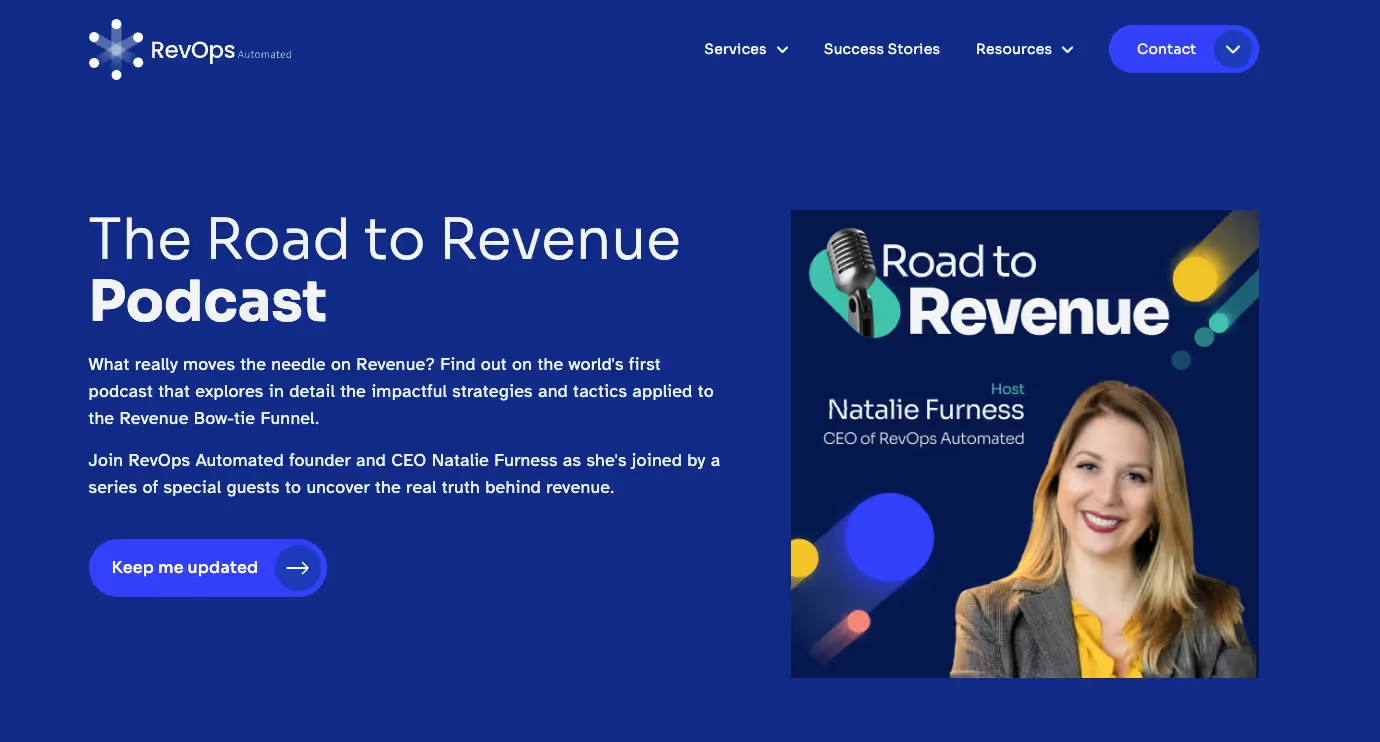
While gated content can generate leads, ungated audiovisual content helps you build goodwill and establish authority faster. Create valuable resources like infographics, podcast episodes and templates without requiring email submission, allowing easier sharing and broader reach. This strategy can attract more visitors to your site and indirectly encourage them to engage with your other gated offerings.
For example, while RevOps Automated offers a host of gated content that provides rich value thanks to deep industry insights, they also have a 100% free and open podcast that does just the same.
In the 1st episode, Natalie (CEO of RevOps Automated) interviews Mary Grothe in a gripping tale around why field sales has become so effective compared to digital that, by flipping their company culture, they were able to drive an all-time increase in monthly revenue: +50% more than their best month ever.
It’s a perfect showcase of how getting more clients requires thinking outside the box.
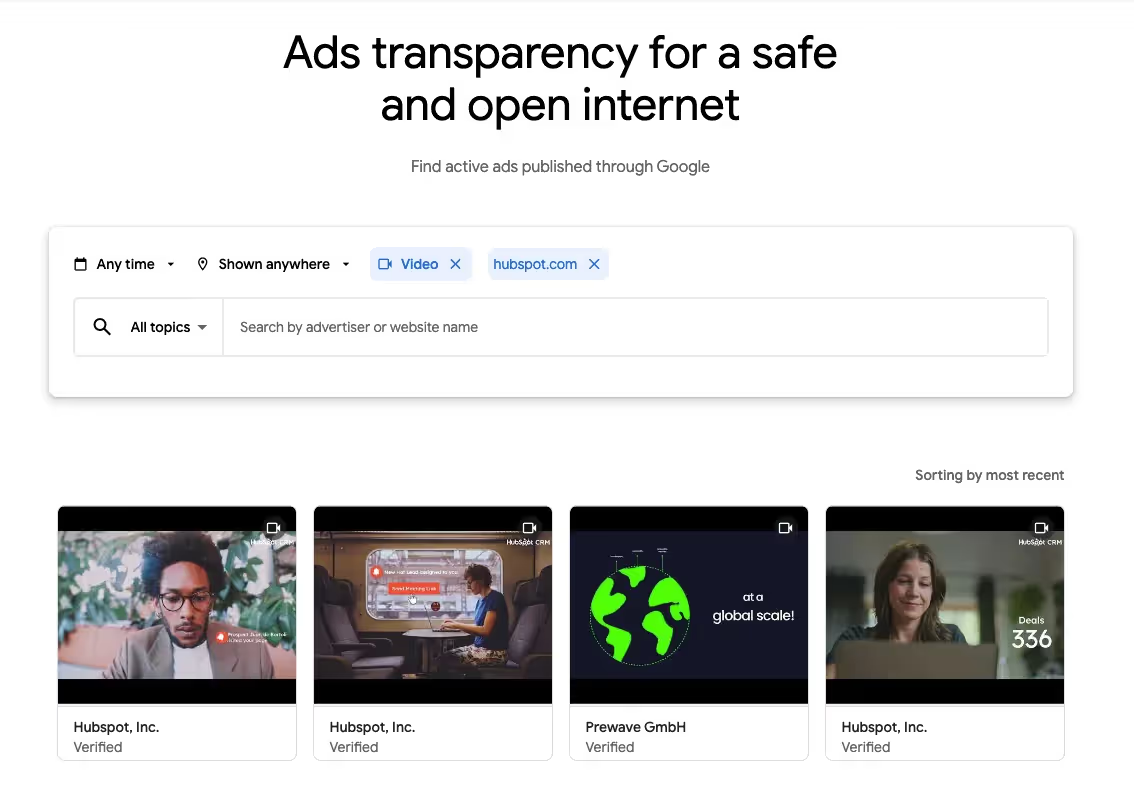
Leverage YouTube’s extensive reach to place targeted ads before or during videos relevant to your target audience. You’d be surprised to discover that YT ads aren’t actually all that expensive!
(Relative to your industry and target audience)
You can expect ~100k views for around $2000.
And a budget of only $10 per day is enough to start.
Create compelling video ads that address viewer pain points, present case studies, or explain your service benefits. YouTube ads can drive substantial traffic to your website if well-targeted.
Check out Google’s ad transparency center for inspiration.
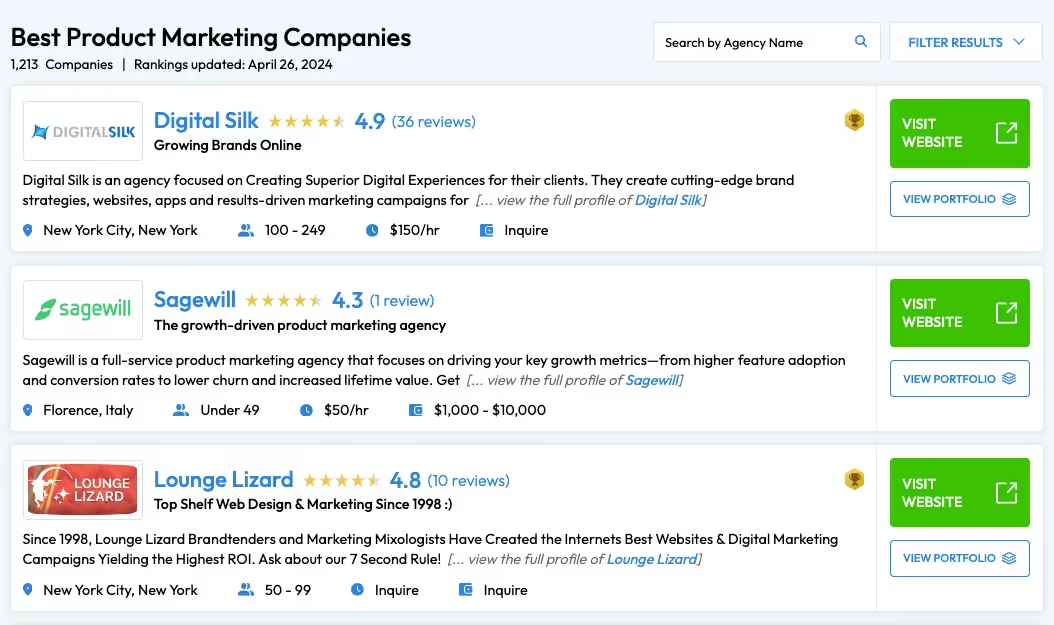
Find niche directories with lower competition and list your agency there.
These directories may not have the vast traffic of major directories but an have highly targeted audiences more likely to need your services. Being a big fish in a small pond helps you stand out more.
Research directories that are specific to your industry or service area.
Evaluate the potential traffic and audience relevance before deciding to join.
Create compelling and detailed profiles for each directory, emphasizing what sets your agency apart. Regularly update your profiles and actively engage with any inquiries or reviews to maintain a high level of presence and trust within these niche communities, ranking higher on your topics of choice.
Sagewill saw an opportunity to do this with the “product marketing agency” term where they could rank #2 on both directories appearing at the top of Google, paying less than the equivalent in Google Ads.
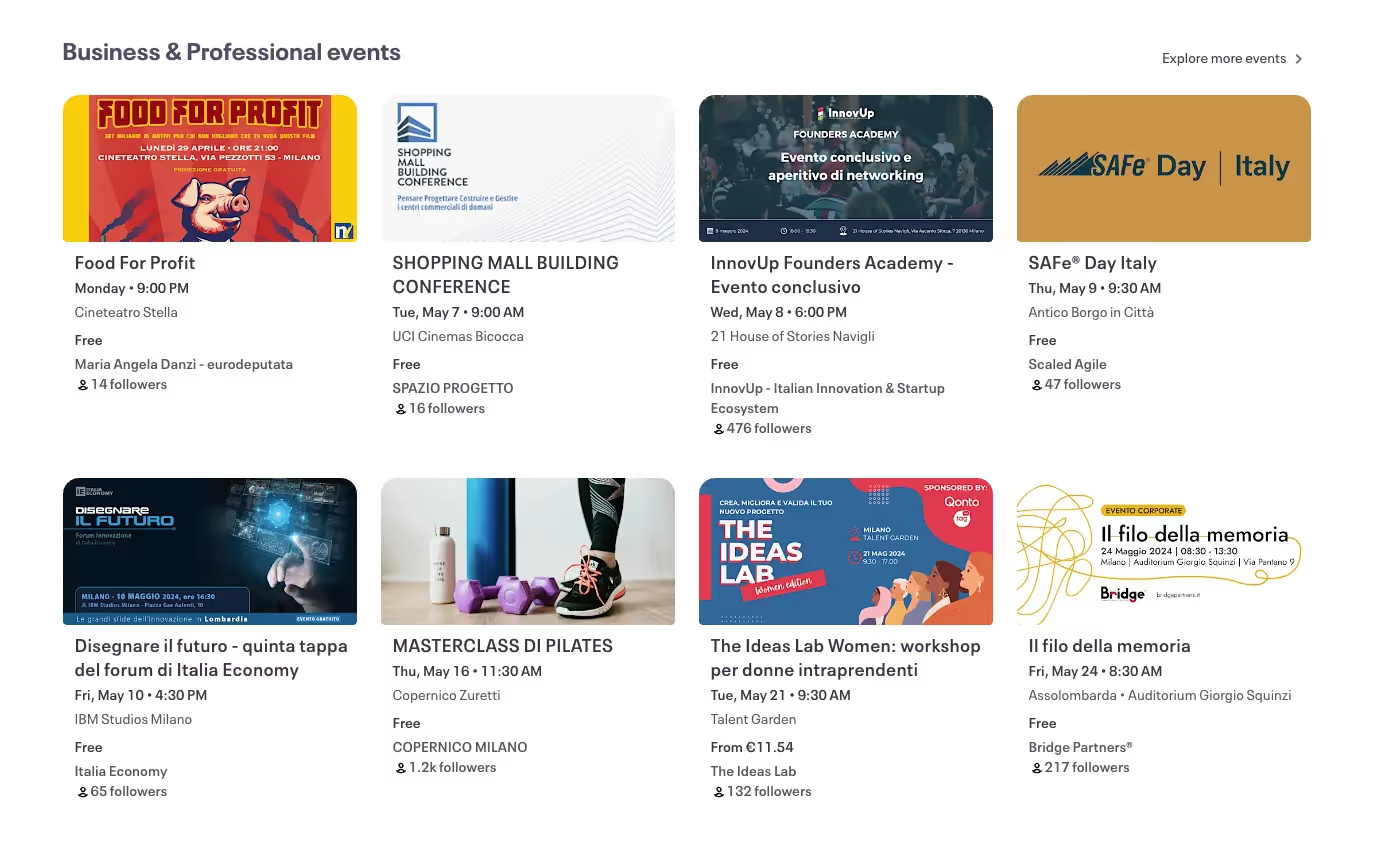
Despite the digital focus, in-person events like conferences, seminars, and networking meetups remain highly effective. These events provide opportunities to connect on a personal level, build real relationships, and demonstrate your expertise through presentations and one-on-one conversations.
Identify which in-person events your target clients are likely to attend, such as industry conferences or local business meetups. Plan to either sponsor, exhibit, or speak at these events.
If you’re only going to look around, it’s not worth it.
Instead, make sure you know exactly what topic you want to target.
Present yourself with that topic in mind, ideally something that resonates with the audience (e.g. marketing strategy for manufacturing companies at an industrial operational excellence event).

Implement a targeted sales prospecting strategy by identifying and reaching out to potential clients who fit your ideal customer profile. Use tools like Apollo, LinkedIn Sales Navigator, and your CRM to refine searches by industry, company size, and role.
Tailor your outreach messages based on the prospect’s business needs and your research. Personalized emails, calls, and LinkedIn messages can effectively open dialogue and convert prospects into leads.
This still works!
You just have to do it thoughtfully.
Don’t grab the first list of a 1000 emails you find and mass spam people.
That stuff was already obsolete in 2020 and it’s even more obsolete today.
Instead, craft your messages in small chunks of 7 - 10 people per sequence, knowing that they all have something in common which you can target in your copy. Or, even better, write 1:1 emails!
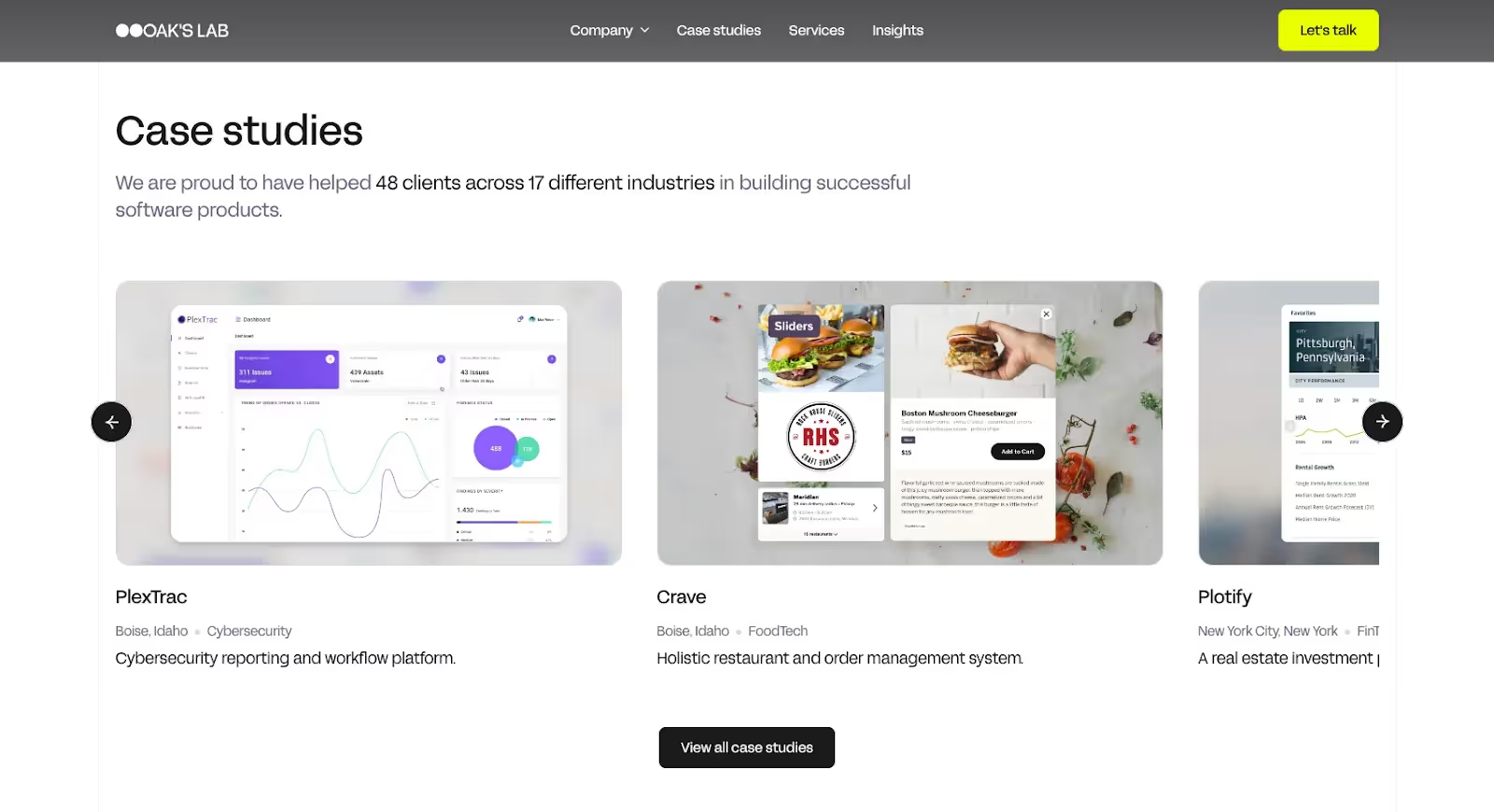
Showcase your success stories through detailed case studies on your website and share them across your social media channels in media-rich formats like animated videos.
Case studies provide tangible proof of your agency's capabilities and results, helping to build credibility.
Make sure they are well-documented, include measurable results, and highlight the challenges you helped your clients overcome. This can be especially convincing for prospects considering similar services.
Organize your case studies by industry or service type on your website for easy navigation.
Include key metrics that demonstrate measurable success, such as percentage increases in revenue or traffic for your clients. Don’t stop there—promote, promote, promote.
As an agency, case studies are by far your most valuable marketing assets, use them!
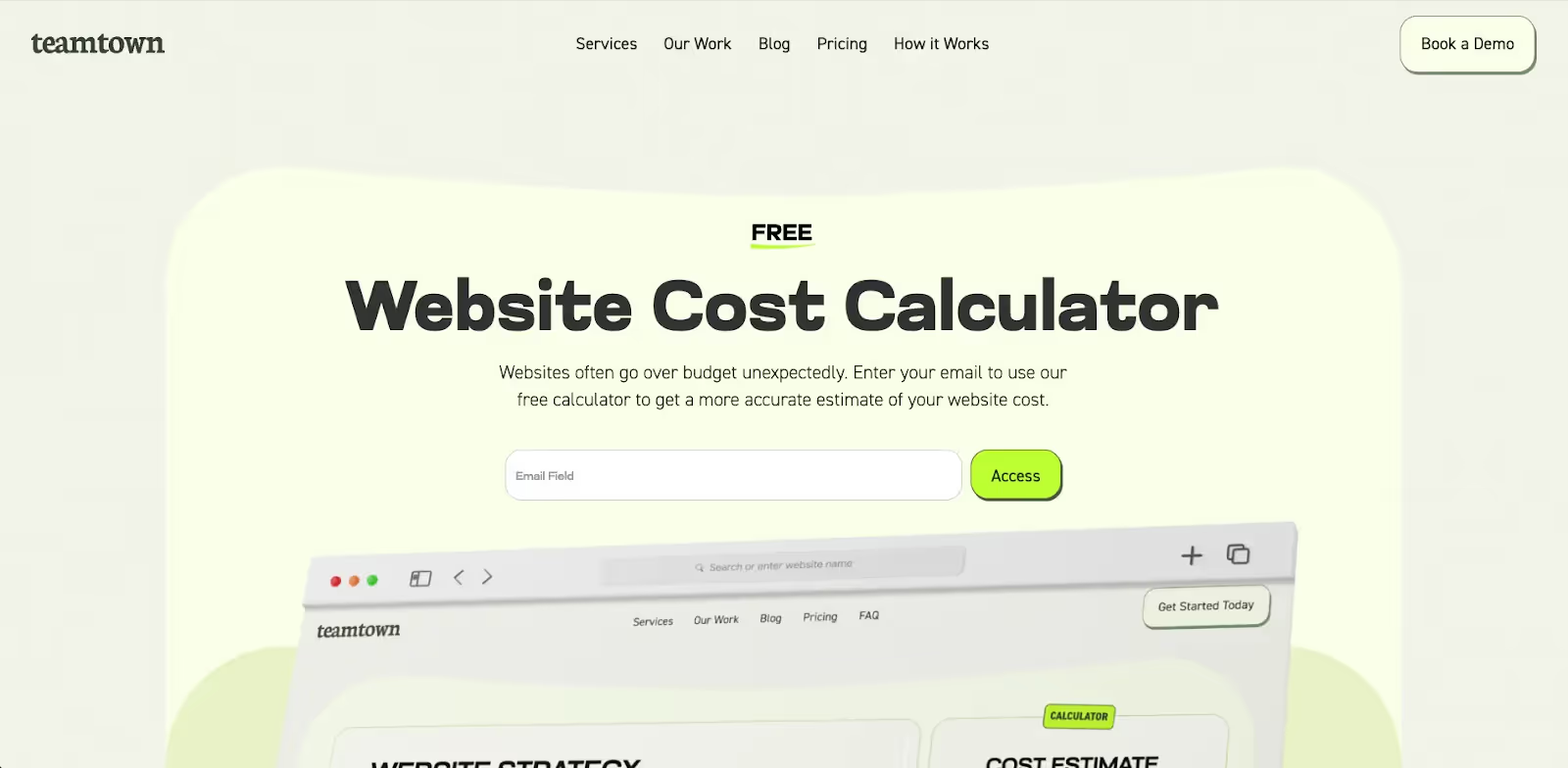
Use software engineering as a marketing strategy by creating useful tools that solve specific problems for your target audience. These could be widgets, calculators, or even apps that serve a dual purpose of being useful for the user and acting as a lead generation tool for your agency.
For example, a content marketing agency could develop a free blog content audit tool that requires users to enter their email address, generating leads specific to that activity.
When using engineering as marketing, focus on tools that can be easily shared and have the potential to go viral. Ensure that the tool is simple to use and provides immediate value which will encourage users to share it with others. Incorporate sharing features that prompt users to share the tool on social media.
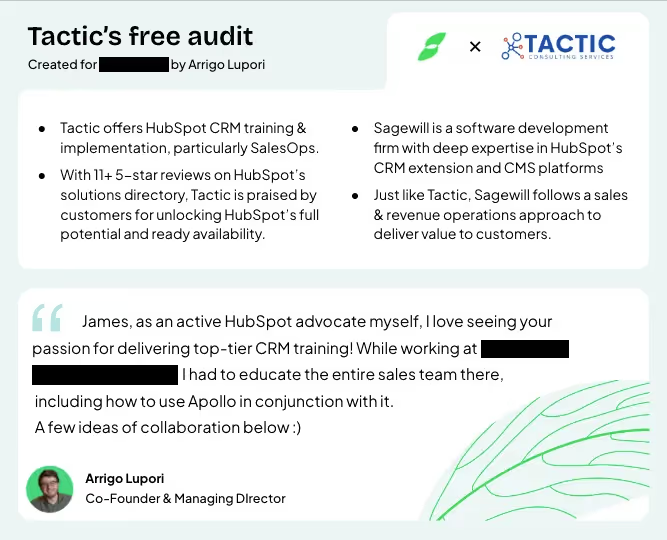
Create personalized one-pager documents tailored to each prospective client you're targeting.
These should summarize how your services can specifically solve their problems, backed by data and relevant testimonials or case studies. A well-crafted one-pager can serve as a powerful follow-up tool after initial meetings or conversations, helping to keep your agency top-of-mind.
To streamline the creation of personalized one-pagers, develop a template that can be customized for each prospect. Include sections for outlining how your services solve specific problems, relevant testimonials, and case studies, and a clear call to action.
Utilize graphic design to ensure the document is visually appealing and aligns with your brand. Keep a library of content blocks that can be easily swapped to match the interests of different prospects.
Here’s a template I’ve made with my co-founder for Sagewill.
You can make a copy of it and use it for yourself.
YouTube Shorts are one of the highest impression mediums across social media right now.
If you can create short, 30- to 45-second bursts of content, you’re getting a lot of eyeballs on your work.
For an effective Shorts strategy, start from the outcome in the first 3 to 5 seconds (e.g. a beautiful website you’ve designed) and show the process of getting to that outcome in the next 30 or so seconds.
Throw in a loop at the end and you’ve got yourself a perfect short!
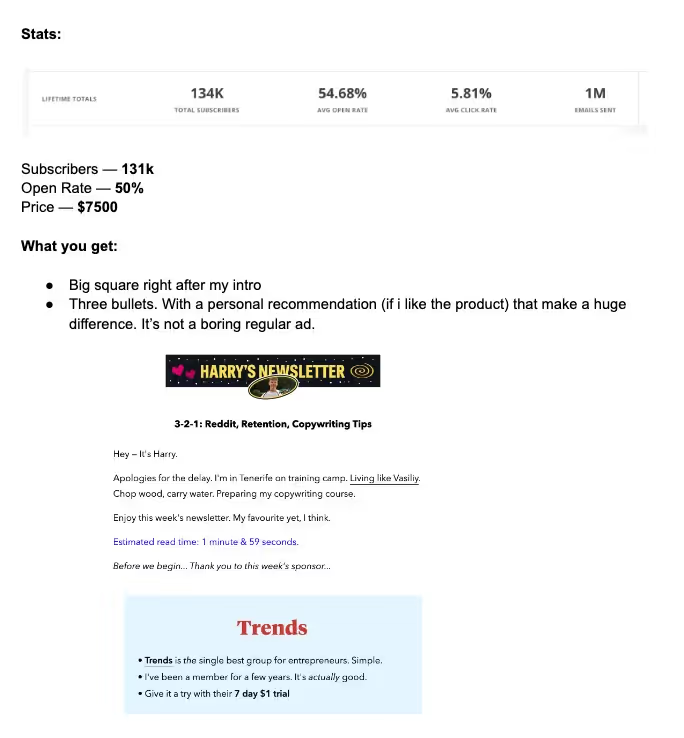
Identify online communities and forums that are growing and have a high concentration of your target audience. If they offer a sponsorship program, you might want to check it out.
Whether it’s niche social media platforms, industry-specific forums, newsletters, or emerging tech platforms—being present in these spaces can connect you directly with targeted leads.
For example, Harry Dry runs a marketing newsletter called Marketing Examples, offering a sponsorship program that costs $7500 per appearance in his newsletter at the time of writing.
That might seem like a lot, but Harry has an audience of 131 THOUSAND engaged readers, with an open rate of over 50% and an insane reply rate. Pages and pages of people commending him.
These types of audiences are so engaged that they want to consume the content from top to bottom, including potential offers. Of course Harry is a top-tier example, there are many smaller newsletters too!
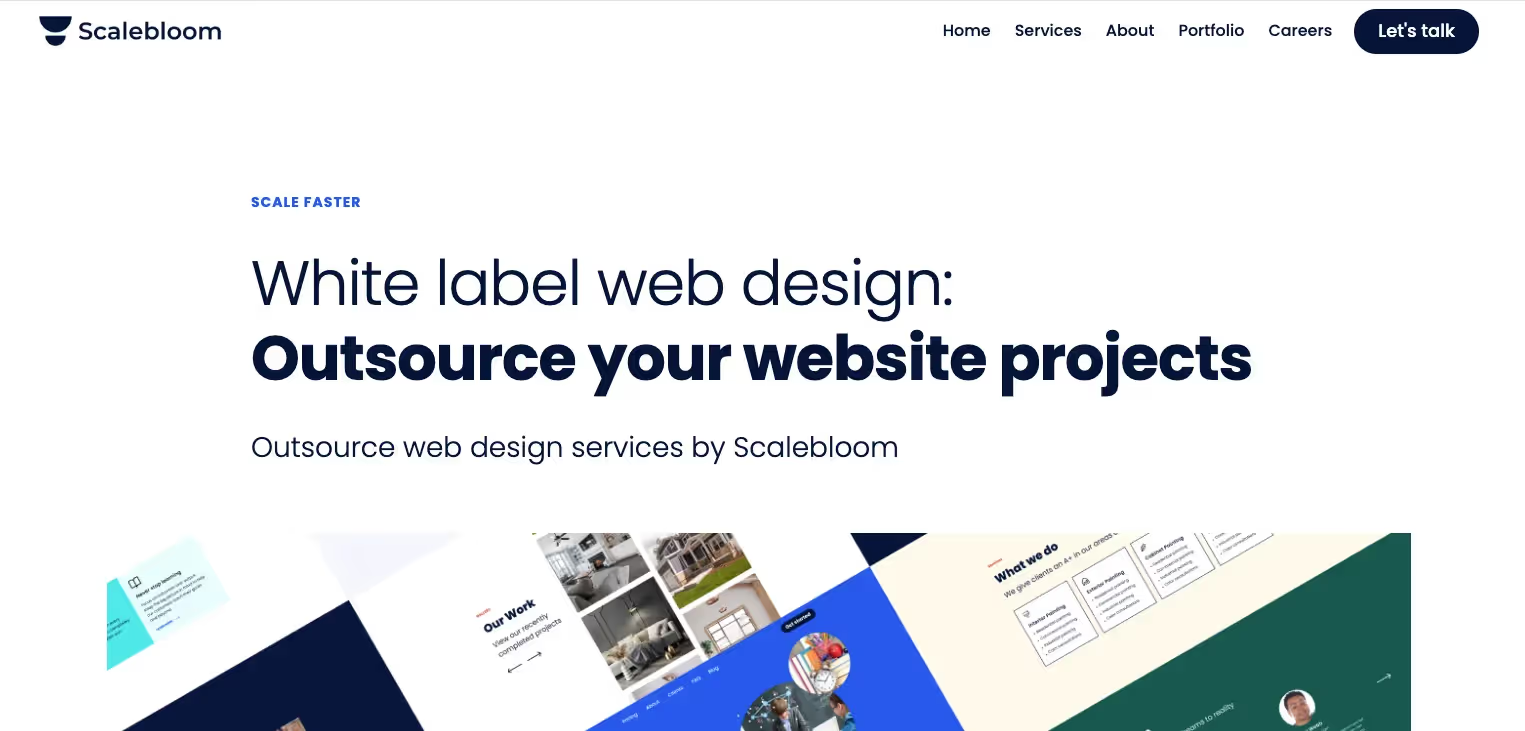
If you’re careful not to pitch yourself as a “body shop” (never a good look for an agency), offering white label services to other firms that might need your work but don’t have the capacity or expertise to execute it themselves is a smart move. This allows you to expand your client base by working with other businesses who can rebrand your service as their own.
Of course, it’s always better to act as strategic partners, taking part with your own brand name in mutual negotiations that involve both parties in a contract. But white labeling can get your foot in the door.
(Scalebloom does this pretty effectively.)
Just be careful not to sign contracts that are too one-sided.
At the end of the day, they are selling but you are doing the hard work.
Make sure that the contract mentions reasonable deadlines and compensation.
Also, avoid non-compete agreements and overly-restrictive NDAs.
You want to leverage some of the work done to fuel your marketing further!
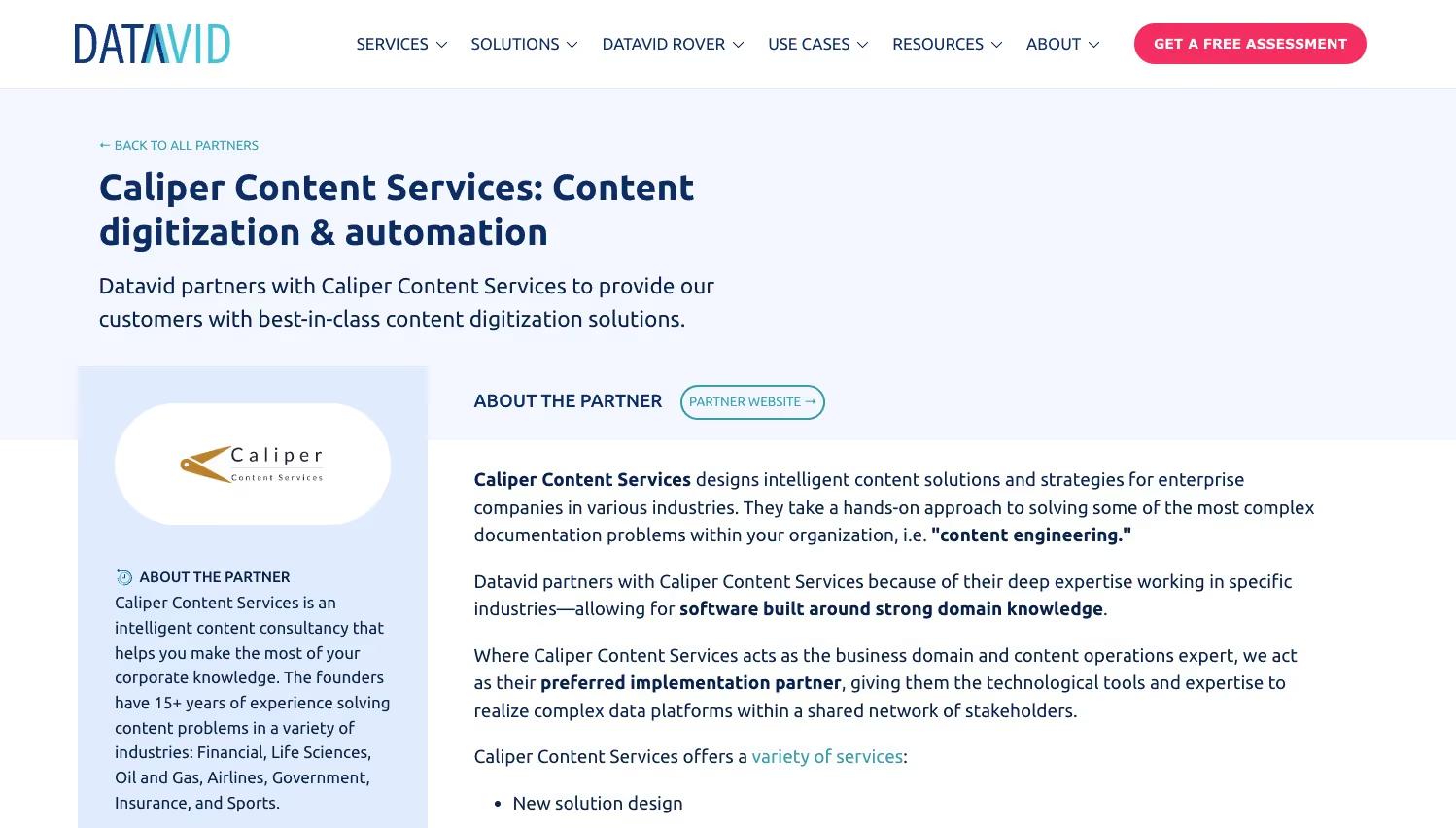
Form strategic partnerships with non-competing service providers who serve the same target markets as you do. For instance, a data engineering agency like Datavid partners with subject matter experts in life sciences to deliver 360-degree solutions to companies in the agriscience space.
This strategy allows both partners to refer clients to each other and even package services together, offering more comprehensive solutions without the customer having to shop for multiple providers.
When forming partnerships, clearly define the roles and expectations of each party.
Create joint packages or bundled services that provide clear, mutual benefits to clients.
Develop co-branded marketing materials that partners can use in their promotions. Regularly review the partnership’s performance and have open discussions about what’s working and what can be improved.
Short video has conquered social platforms, with Instagram Reels and TikTok leading the charts (but YouTube Shorts also catching up!). These platforms favor creative, trend-driven content that can quickly go viral—offering significant exposure. Use them to showcase behind-the-scenes glimpses, success stories, or even humorous content that reflects your agency’s culture and services.
Be an early adopter of nascent platforms like Meta’s Threads where potential clients might migrate next.
This can be a bit of a gamble but, if calculated, it can pay off to a significant degree.
Don’t overlook traditional marketing methods such as print advertising, direct mail, SMS and even broadcast media (e.g. radio) depending on your target demographic.
These channels can still be highly effective, especially in local markets or specific industries.
Combine traditional strategies with digital efforts to create a comprehensive marketing approach.
For instance, include QR codes in print ads that link to personalized landing pages.
Track their effectiveness using custom URLs and phone numbers specific to those ads.
This integration allows for a more cohesive marketing strategy that bridges the gap between online and offline channels, maximizing the impact of all your marketing efforts.
Note, these are not the only 21 ways to get more clients for your agency.
But they’re the ones that are most likely to deliver returns quickly.
Which ones will you pick for your next lead gen campaign?